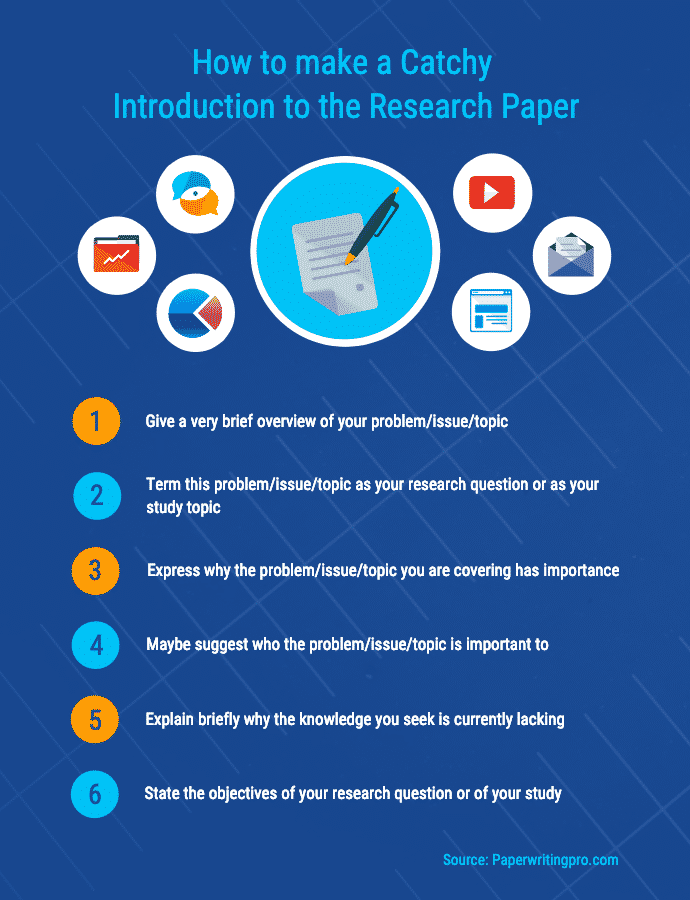
Most elementary and High School students are taught the “IM RAD” mnemonic for the components of a research paper. As you move up through into college, remembering IM RAD often helps you get started with your paper. Once you are started, all the other stuff comes flooding back and you find the writing process goes a lot quicker. This article can help you figure out the typical structure of a research paper, but it cannot help you with college/University specific rules. Colleges and Universities set their own rules on everything from formatting to the number of words you can use in each written section. Other than the idiosyncrasies of your college, everything else you need to know about the structure of a research paper is right here.
Why Do Colleges Change the Rules?
The broader reasons are usually tied to technology, working hours, or staff comfort. A college may change formatting rules regarding line spacing because professors no longer read paper-based essays, which means they do not need larger margins and wider line spacing in which to write notes. Some colleges have an intranet submission system that requires documents are sent in a certain way with a certain layout, and some colleges set document rules so that they may automate their plagiarism-checking functions when students submit their work.
A common reason why colleges change the way the methods section of research paper work is completed is that they need to check the validity of your practical work. Also, colleges change the way the methods section of the research paper is completed because it makes it easier to identify if a student has copied somebody else’s work when the paper is submitted.
Colleges will change the way you present your appendix in research paper documents to make it easier for the professor to figure out if you are using unsuitable sources, and they change the way you write your discussion section of research paper documents because the discussion section is a common place for students to plump up their word count with filler content. Colleges change the rules regarding the results section of the research paper work in order to catch students who fake their results.
IM RaD
Any writing service will tout the merits of IMRaD (Introduction Methods Results and Discussion]. Plan your paper with IMRaD as a starting point, and then break it down into sections in which you may add specific notes. If you want to judge the quality of a research paper service, you should ask them for an example of a discussion section of a research paper because that is where students and essay companies will fluff things up a little to cover more of the word count.
The paper writing service concentrates on strong points and evidence-based facts. If you are going to use a research paper writing service, and if you wish to hand in the work as your own, then pick a company such as the PaperWritingPro Service because they offer research-backed academic work that is 100% original, so there is no discernible way a professor can know you didn’t write it unless you are silly enough to admit it.
Introduction

You are not selling your work; you are explaining to the reader why the reader should continue reading. You are not trying to sell the idea of reading your paper because there are people who will have no interest in your topic, so you should be just as adamant at scaring away people for whom the paper is unsuitable as you are eager to attract people who are suitable readers.
- Give a very brief overview of your problem/issue/topic
- Term this problem/issue/topic as your research question or as your study topic
- Express why the problem/issue/topic you are covering has importance
- Maybe suggest who the problem/issue/topic is important to
- Explain briefly why the knowledge you seek is currently lacking
- State the objectives of your research question or of your study
Methods
The methods section of research paper work is likely to vary dramatically from one subject to the next. For example, the methods used for bioresearch are different from those of sociology research. What is most important for the methods section of research paper documents in an academic setting is that the paper goes somewhere; even if the paper reaches the same conclusions that every paper before it has reached. This is because the purpose of your paper is to show that you have the skills needed to write the methods section of the research paper.
- Describe any sort of setting/environment relating to your study
- Give details of any circumstances or events that relate to your study
- Explain how your study has been designed or how the circumstances were designed
- Describe the players/elements/working-parts of your study
- Define the strategy you used to take your samples/data/research-material
- Describe any changes to the plan that took place
- Lay out whatever happened where you had to intervene (if any)
- Show and describe the study variables (discuss their effects later if applicable)
- Describe all your data collection instruments/tools/methods
- Explain your procedures that include all methods to keep your research/tests fair
- Outline your analysis methods and maybe offer a brief justification for them
Results
After the results section of research paper documents, you may be asked to write an analysis and/or an evaluation, and you may be asked for a conclusion. These three elements are common replacements for the discussion section of a research paper. The formatting/layout for the results section of the research paper depends on the subject you are taking and the type of data/results you have to display.
- Report on your data recruitment or data collection
- Offer up things such as your response rates and collection success
- Describe your data or the participants
- Explain or show your clinical conditions or demographics
- Present your findings without analyzing them too much
- Offer your findings in relation to your research question
- Present secondary finding and unexpected findings
Discussion
The discussion section of the research paper is the part of the paper where you may demonstrate your full understanding of the subject and really impress your professor. Yet, it is often used as a word count dumping ground by students who will use this section to get their work up to the desired word count. The rest of your research paper is made up of mandatory parts and sections that you can look up, but the discussion section of research paper documents relies only on you and your interpretation of your study and the results you received.
- Analyze your data if needed
- Evaluate your data if needed
- Maybe analyze and evaluate your method
- State your findings
- Discuss your findings and how they relate to your research question
- Compare or contrast your findings with that of previous research
- Highlight any policy issues you had
- Discuss the practice and policy implications of your study
- Present or offer any perspectives as for future work
You will have to look towards your teacher to explain how to fill out the appendix in research paperwork because your teacher/college will have its own rules on how you create your appendix in research paper documents. College-specific rules are usually set out because the college wants to make it as easy as possible for professors to check your sources.